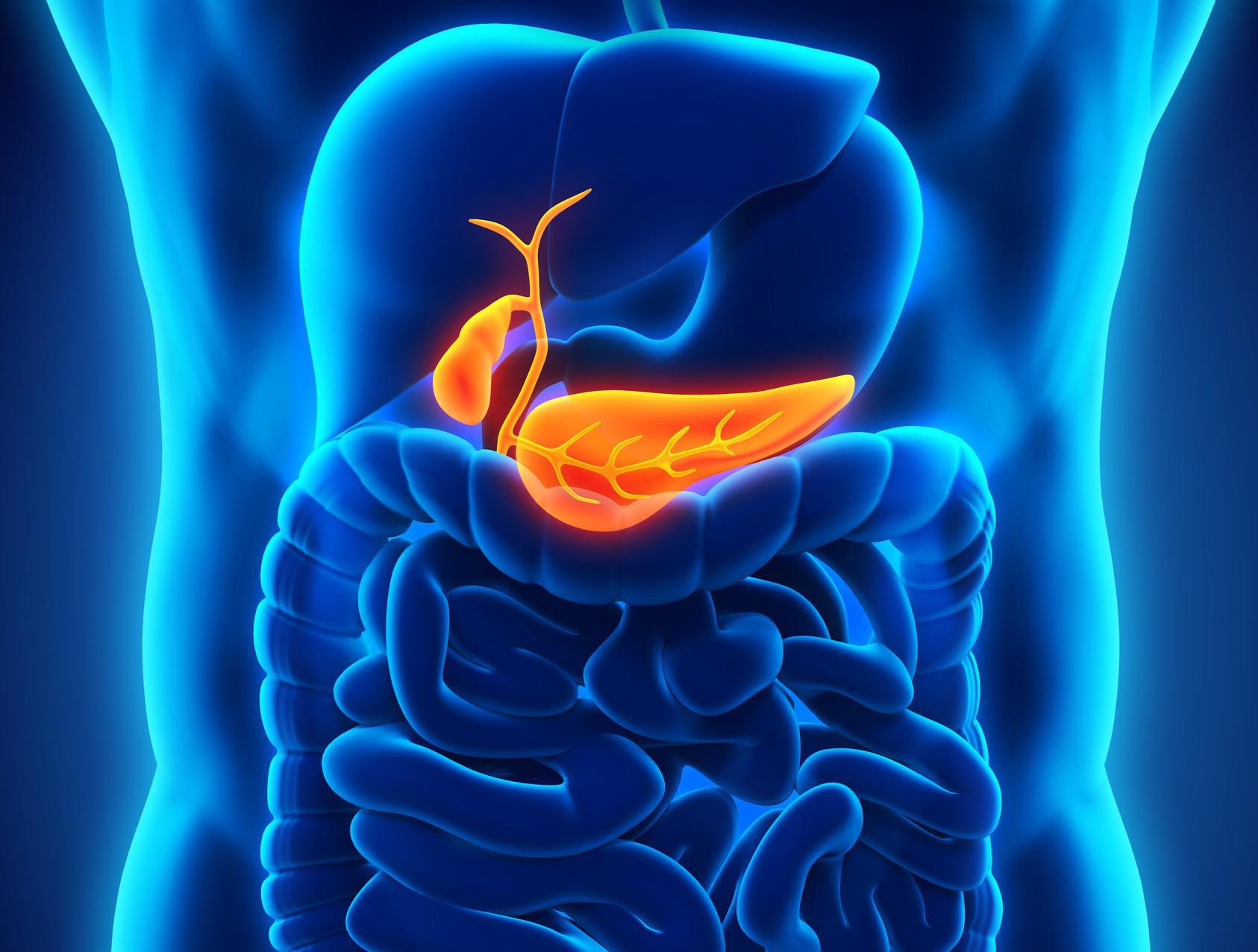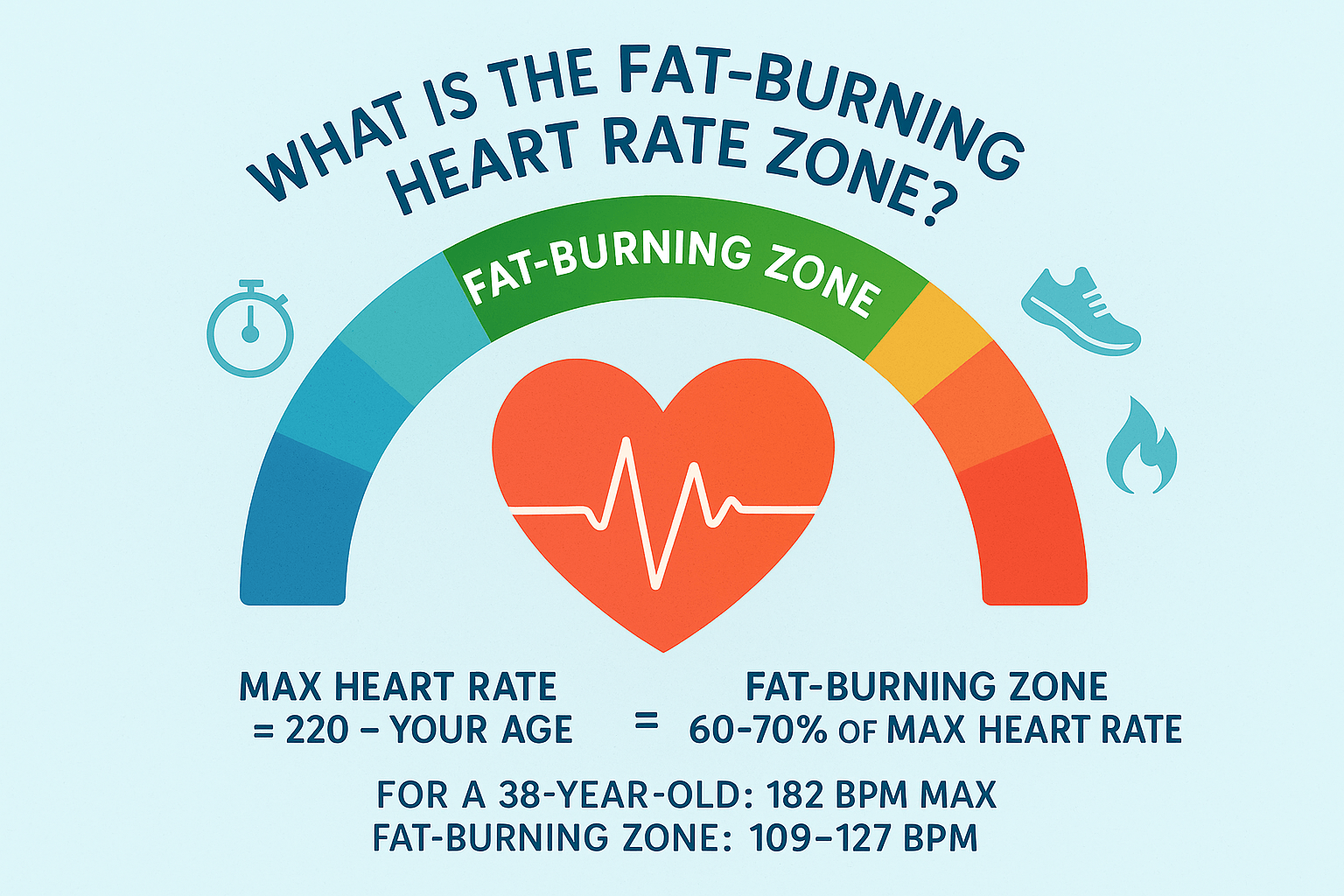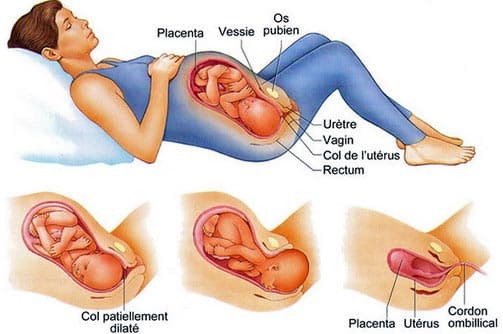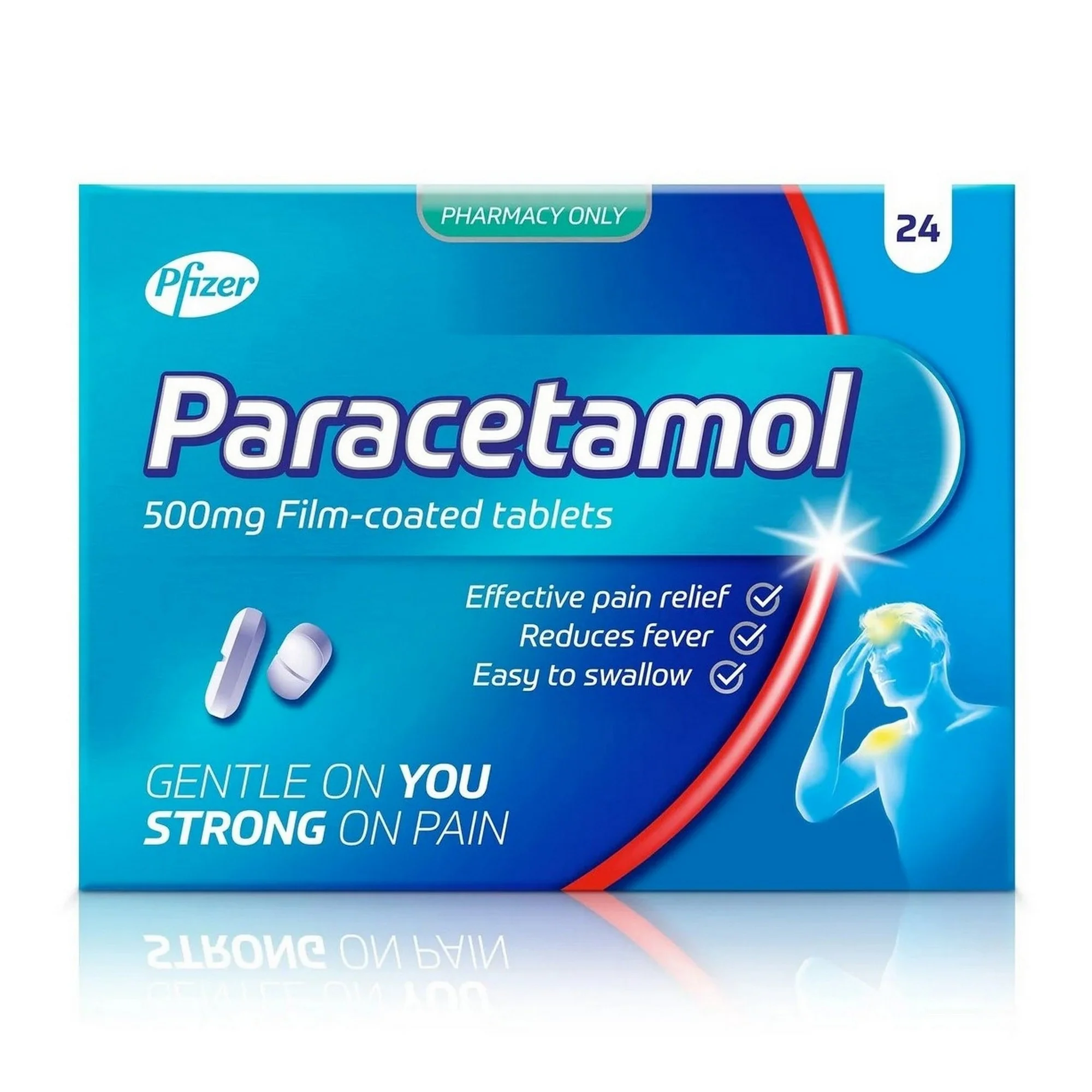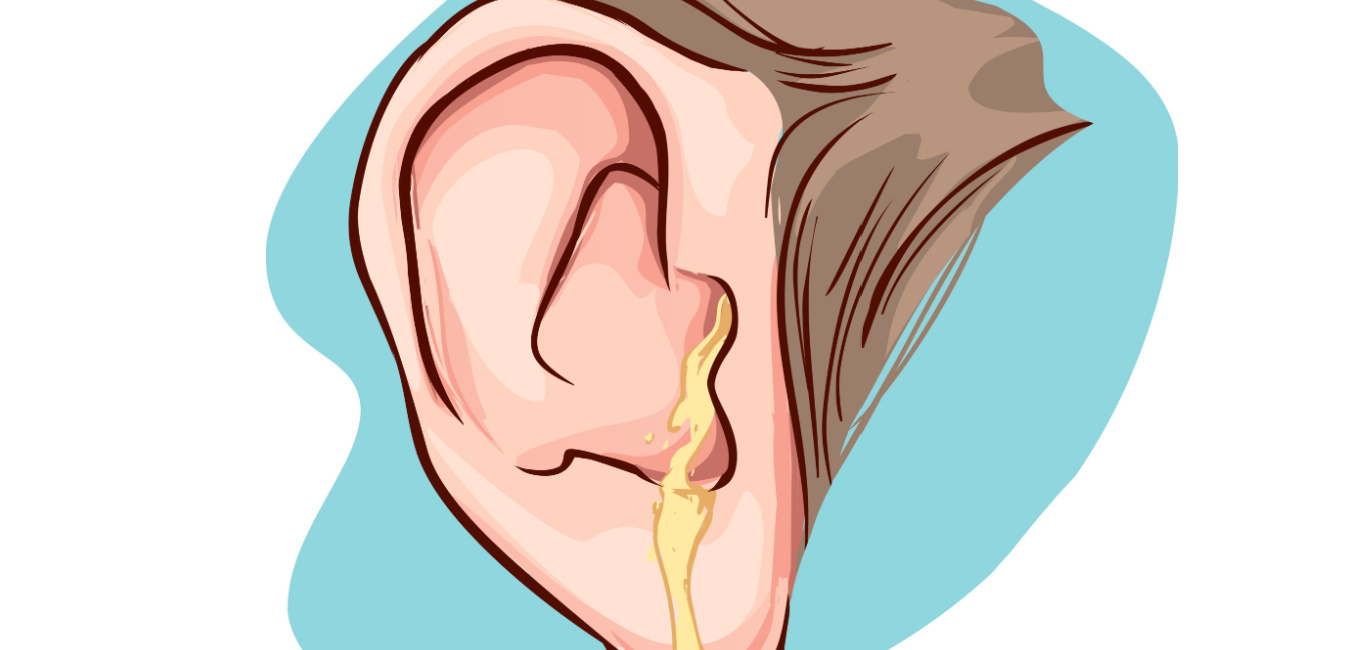In any emergency, seconds matter. Knowing the basics of first aid not only boosts your confidence in handling unexpected situations but can also make the crucial difference between life and death. This comprehensive guide will introduce you to the fundamentals of first aid—the essential skills centered around the ABCs: Airway, Breathing, and Circulation—along with methods to quickly assess the situation and begin life-saving interventions.
In this article, we’ll cover:
-
The importance and objectives of first aid
-
Detailed steps for managing the Airway, Breathing, and Circulation
-
Quick assessment techniques to secure the scene
-
Additional insights on disaster preparedness and using technology in emergencies
-
Practical tips, common mistakes, and resources to refine your skills
By the end of this guide, whether you’re a parent, workplace safety officer, outdoor enthusiast, or just someone who wants to be prepared, you’ll have a thorough understanding of these essential lifesaving principles.
Introduction to First Aid
First aid is the initial assistance provided to someone suffering from an injury or sudden illness before professional medical care can be obtained. It is defined by its primary aims:
-
Preserving life: Providing immediate care to prevent death.
-
Preventing further harm: Protecting the injured person from additional injury by quickly stabilizing the situation.
-
Promoting recovery: Minimizing the long-term effects of the injury until professional help arrives.
The universally recognized structure for first aid begins with the ABCs: Airway, Breathing, and Circulation. These steps form the backbone of emergency response and are fundamental in keeping a victim alive during the critical moments following an incident. According to Wikipedia, first aid is designed to preserve life, prevent conditions from worsening, and promote recovery. In emergencies—from choking and cardiac arrest to traumatic injuries—applying these simple steps in the correct sequence can help save lives.
Understanding the Basics: Why the ABCs Matter
When an emergency occurs, the human body may rapidly deteriorate if its core functions (airway, breathing, and circulation) are compromised. The ABCs serve as a systematic approach to assess and stabilize a patient by ensuring that the body’s most critical functions continue to operate effectively.
1. Airway: Clearing the Path for Life
Before a person can breathe, their airway must be open. Obstructions such as foreign objects, the tongue, or even swelling can block the airway, making it impossible for air to enter the lungs. If untreated, even a minor airway obstruction can lead to severe oxygen deprivation.
2. Breathing: Ensuring Adequate Oxygenation
Once an open airway is established, the next critical step is to ensure that the person is breathing effectively. Insufficient breathing can quickly lead to hypoxia (low oxygen levels), causing brain damage and ultimately death if not corrected promptly.
3. Circulation: Maintaining Blood Flow
After ensuring the patient is breathing, the final ABC is to assess circulation—ensuring that the heart is beating and blood is flowing to vital organs. In cases where circulation is compromised, such as during cardiac arrest or severe blood loss, initiating cardiopulmonary resuscitation (CPR) is crucial.
Assessing the Emergency: Quick and Safe Scene Evaluation
Before you even start applying the ABCs, it’s essential to assess the situation. Quick scene evaluation ensures that both you (the rescuer) and the casualty are safe from additional hazards (such as fire, electrical dangers, or unstable structures).
Key Steps in Scene Assessment:
-
Ensure Personal Safety: Check for any dangers in the vicinity. Always approach the situation cautiously. If the environment is unsafe, call emergency services immediately rather than placing yourself at risk.
-
Check the Environment: Look around to identify potential hazards (e.g., spilled chemicals, exposed wiring, or oncoming traffic). The American Red Cross emphasizes “Check, Call, Care” as an initial step in most emergency protocols.
-
Quickly Gauge the Patient's Condition: Once the area is secure, quickly determine if the patient is conscious and responsive. Call out and lightly tap or gently shake to gauge responsiveness.
This initial assessment—often completed within the first 10–15 seconds—is critical. It sets the stage for a safe and effective response by directing your subsequent actions based on the level of urgency observed.
The ABCs In Detail
Now that we’ve established the significance of quick assessment, we’ll break down the ABCs into actionable steps.
A – Airway: The First Line of Defense
An open airway is a prerequisite for life. In an emergency, even if other interventions are correctly applied, a blocked airway can render them useless. Here’s how to ensure the airway is clear:
Identifying Obstructions
-
Visible Blockage: Look into the mouth for any signs of obstructive objects. This could be food, vomit, or loose dental work.
-
Unconscious Patients: In patients who are unresponsive, the tongue may fall back and block the airway.
Techniques for Clearing the Airway
-
Head-Tilt, Chin-Lift:
-
Place one hand on the patient’s forehead and the other on the bony part of the chin.
-
Gently tilt the head back while lifting the chin upward. This maneuver opens the airway by moving the tongue away from the back of the throat.
-
-
Jaw-Thrust Maneuver:
In cases where a neck injury is suspected, avoid the head-tilt/chin-lift method. Instead, perform a jaw-thrust maneuver:-
Stand at the patient’s side.
-
Place your fingers behind the angles of the patient’s lower jaw.
-
Gently push the jaw upward without moving the head, which reduces further neck injury risk.
-
Tip: Always check the patient’s mouth quickly and remove any visible obstructive material if safe to do so. Remember, do not blindly sweep with your fingers as it might push the object deeper.
B – Breathing: The Flow of Oxygen
After you’ve ensured a clear airway, the next priority is to verify that the patient is breathing.
Assessing Breathing
-
Observe for Chest Movement:
Watch the patient’s chest for regular rising and falling which indicates that air is being exchanged. -
Listen and Feel for Air:
Place your ear close to the patient’s mouth and nose. Listen for sounds of breathing and feel for air movement on your cheek.
Providing Rescue Breathing
-
If the Patient is Not Breathing:
Initiate rescue breathing. For adults, follow these steps:-
Seal your mouth over the patient’s (or use a face shield if available).
-
Give one breath over one second, watching for the chest to rise.
-
Provide one rescue breath every 5–6 seconds.
-
-
For Children and Infants:
Adjust the volume and force of your breaths accordingly. For infants (under 1 year), cover the mouth and nose with your mouth and deliver gentle puffs.
Note: Rescue breathing should be initiated only if the airway is completely clear. If the patient is gasping or showing agonal breathing—which is not effective breathing—begin CPR immediately.
C – Circulation: Keeping the Heart Beating
The final step of the ABCs is to ensure that the patient has effective circulation.
Checking for a Pulse
-
Carotid Pulse (Adults):
-
Place two fingers on the patient’s neck, beside the trachea (windpipe).
-
Feel for a pulse for no more than 10 seconds.
-
-
Radial Pulse (Adults):
-
If the carotid pulse is difficult to locate, check the radial pulse on the wrist (on the thumb side).
-
-
For Children and Infants:
Use the brachial artery (inside of the upper arm) for infants.
Initiating CPR
If no pulse is found or if the patient is not breathing normally, it’s time to begin Cardiopulmonary Resuscitation (CPR).
-
CPR for Adults:
-
Chest Compressions:
-
Place the heel of one hand on the center of the chest and the other hand on top.
-
With straight arms, use your body weight to compress the chest at least 2 inches deep at a rate of 100–120 compressions per minute.
-
-
Rescue Breaths:
-
After 30 compressions, give 2 rescue breaths.
-
-
Repeat:
Continue the cycle of 30 compressions and 2 breaths until help arrives or an AED is ready.
-
-
CPR for Children and Infants:
Adjust the depth of compressions and the method of rescue breathing. For infants, use two fingers for compressions and cover both the nose and mouth with your mouth when giving breaths.
Using an AED (Automated External Defibrillator)
If available, an AED can be used to help restore the heart’s normal rhythm. Follow these steps:
-
Turn on the AED and follow the spoken instructions.
-
Place the pads on the patient’s bare chest as indicated.
-
Stand clear while the AED analyzes the heart rhythm.
-
If advised, deliver a shock and continue CPR immediately after the shock.
Insight: According to the American Heart Association, rapid initiation of CPR and early defibrillation significantly improves survival rates in cardiac arrest cases.
Quick Assessment in the Field
An effective first aider must work quickly under pressure. After securing your own safety, perform these quick assessments:
-
Responsiveness Check:
Gently tap the casualty and shout “Are you okay?” If they respond, assess their level of consciousness. -
Airway Check:
Open the airway using the head-tilt/chin-lift or jaw-thrust method. -
Breathing and Pulse Check:
Look, listen, feel—and if necessary, provide CPR.
This initial sequence should ideally be completed in less than a minute. Remember, timely intervention is essential.
Beyond the ABCs: Additional Considerations
While the ABCs provide a framework for emergency care, several additional factors must be considered in a comprehensive first aid response.
D – Disability and Exposure
Some guidelines expand the ABCs to ABCDE, where:
-
D (Disability):
Quickly assess the patient’s neurological status (level of consciousness, pupil response, and any signs of brain injury). -
E (Exposure/Environment):
Expose the patient’s body as needed to assess injuries while ensuring that you protect them from environmental hazards (maintain body temperature, cover wounds, etc.).
This extended approach helps first aiders gather essential clues about the patient’s overall condition while preventing further harm.
Scene Safety and Personal Protection
Always keep the safety of the rescuer in mind:
-
Avoid Additional Injuries:
Do not rush into dangerous areas without considering your own safety. -
Protect Against Environmental Hazards:
Use personal protective equipment (PPE), such as gloves and face shields, when there is a risk of bodily fluids or hazardous substances.
Special Situations: When to Call for Professional Help
Knowing when to escalate to professional emergency services is crucial:
-
Prolonged Unresponsiveness:
If the patient remains unresponsive despite initial interventions. -
Severe Bleeding or Injuries:
Apply direct pressure and call for help, especially if bleeding is not controllable with first aid techniques. -
Suspected Spinal Injuries:
Avoid moving the patient and call emergency services immediately.
The general guideline is that if you’re unsure or if the patient’s condition is deteriorating rapidly, call 911 (or your local emergency number) right away.
Practical Scenarios: Applying the ABCs in Real Life
Scenario 1: Choking and Airway Obstruction
Imagine you are at a family gathering, and a child suddenly begins choking. The situation requires immediate application of the ABCs:
-
Assess the Situation:
Ensure that the child is in a safe area away from potential hazards (sharp objects, food debris). -
Airway:
If the child cannot speak or cough, check if an obstruction is present in the mouth. For children, perform a combination of back blows and abdominal thrusts (Heimlich maneuver) as recommended by the American Red Cross. -
Breathing:
Once the airway is cleared, assess if the child has resumed normal breathing. -
Circulation:
If the child collapses or does not breathe, begin CPR immediately and call for help. Following these actions can clear the airway and restore normal function before serious damage occurs.
Scenario 2: Cardiac Arrest in the Workplace
In a corporate setting, you might encounter an adult suddenly collapsing:
-
Assessment:
Quickly assess the scene and ensure it is safe. -
Airway and Breathing:
Check responsiveness and breathing. If the person is not breathing normally or has no pulse, call emergency services immediately. -
Circulation – Start CPR:
Initiate chest compressions at a rate of 100–120 per minute, and use an AED as soon as one becomes available. -
Continue CPR:
Follow the 30:2 compression-to-breath ratio until professional help arrives.
Scenario 3: Trauma from an Accident
After a car accident, a victim may have sustained multiple injuries:
-
Scene Safety:
Protect yourself and the victim from oncoming traffic. -
Airway:
Assess if the victim’s airway is obstructed by blood, debris, or displaced anatomy. -
Breathing:
Check for normal breathing; provide rescue breaths if necessary. -
Circulation:
If the victim is bleeding heavily, apply direct pressure to control bleeding while simultaneously checking for signs of shock. -
Call for Help:
Inform emergency services about the condition, location, and nature of injuries.
These real-life examples underscore the importance of acting quickly and confidently, using the systematic approach provided by the ABCs of first aid.
Additional Skills and First Aid Beyond the ABCs
Once you master the ABCs, a robust first aid response also involves developing additional competencies. Here are some areas to focus on:
Wound Care and Bleeding Control
-
Direct Pressure:
Apply a clean cloth or bandage directly over the bleeding site. Maintain pressure for at least 5-10 minutes without checking too early. -
Elevation:
If possible, elevate the injured limb above the level of the heart to reduce blood flow. -
Use of Tourniquets:
In cases of severe limb bleeding where pressure fails, a tourniquet may be necessary. However, it should only be used by someone trained in its application.
Managing Shock
Shock is a life-threatening condition that can occur after severe injuries:
-
Keep the Patient Warm:
Use blankets or clothing to prevent hypothermia. -
Elevate the Legs:
If there are no head or neck injuries, elevating the patient’s legs can help improve blood flow to vital organs. -
Monitor Vital Signs:
Constant observation and reassurance are key while waiting for professional help.
Advanced CPR Techniques
While basic CPR is critical, knowing advanced techniques, such as using an AED, can be a game changer:
-
AED Usage:
Familiarize yourself with how to operate an AED by taking courses or watching instructional videos from reputable organizations like the American Heart Association. -
Alternating Compressions and Rescue Breaths:
Advanced first aid courses often provide deeper insights into optimizing the ratio and depth of compressions, particularly for different age groups.
The Role of Mental Health in First Aid
In addition to physical first aid, mental health first aid is gaining importance:
-
Calming the Patient:
Reassure the patient in crisis with a calm demeanor and clear instructions. -
Psychological First Aid:
Offer support and encourage the patient to seek professional mental health support if trauma or stress is apparent. -
Self-Care for the Rescuer:
Being in an emergency can also be emotionally taxing for the rescuer. Understand the signs of stress and know where to find help if needed afterward.
First Aid Training and Continuous Improvement
Knowing the ABCs is just the beginning; proficiency in first aid requires ongoing training and practice. Here are a few key aspects:
Formal Training Courses
-
Certification Classes:
Organizations like the American Red Cross, St. John Ambulance, and local health departments offer courses in basic first aid and CPR. These classes provide hands-on practice and certification that can be invaluable in an emergency. -
Specialized Training:
Depending on your needs, consider additional courses in wilderness first aid, aquatic first aid, or even pediatric first aid if you’re a parent or childcare professional.
Regular Refresher Courses
First aid techniques and protocols can change with new medical research. Attending refresher courses every couple of years helps ensure that your knowledge remains current. Many certification programs require periodic recertification.
Practice Drills and Simulations
-
Scenario-Based Drills:
Regular practice drills, whether in the workplace or community settings, help reinforce the proper techniques during high-pressure situations. -
Utilize Technology:
Mobile apps and online training modules now offer interactive scenarios that allow you to test your knowledge of the ABCs and other emergency interventions. These tools not only enhance your retention of vital skills but also keep you updated on any protocol changes.
Building a First Aid Culture
-
Emergency Response Plans:
For workplaces, developing comprehensive emergency action plans that incorporate regular training, clear communication, and designated roles can dramatically improve response times and outcomes. -
Community Workshops:
Many communities offer free or low-cost first aid workshops. These are excellent opportunities to learn, practice, and network with like-minded individuals who also prioritize emergency preparedness.
Insight from online resources, such as the American Heart Association and the CDC, emphasizes the necessity of regular training and community involvement in improving first aid outcomes. Investing time and effort into first aid education can yield priceless dividends in an emergency.
Integrating Technology: Smart First Aid Solutions
Modern technology is revolutionizing the way first aid is administered, enabling even untrained individuals to act more effectively in emergencies.
First Aid Apps
-
Step-by-Step Guides:
Numerous mobile applications provide detailed guidance on performing CPR, managing wounds, and even using an AED. These apps can serve as quick references when you face an emergency. -
Emergency Alerts and Communication:
Some apps allow you to automatically notify emergency services and share your location with friends or family members in critical moments.
Wearable Devices
-
Health Monitoring:
Wearables that track heart rate, blood oxygen levels, and activity can alert users to potential health issues before they become emergencies. -
Fall Detection:
Many smartwatches now come equipped with fall detection features. In the event of a fall, these devices can automatically call for help.
Online Training Platforms
-
Interactive Training Modules:
Websites and online platforms offer interactive first aid training modules that include videos, quizzes, and real-life case simulations. -
Virtual Drills:
Some online resources simulate emergency scenarios, allowing you to practice decision-making in a virtual environment before encountering a real-life situation.
By integrating these technological solutions into your emergency preparedness plan, you enhance your ability to respond quickly and effectively, regardless of your level of first aid training.
Common First Aid Mistakes and How to Avoid Them
Even well-intentioned responders can make mistakes in high-pressure emergencies. Recognizing and avoiding these common pitfalls is crucial.
Overlooking Scene Safety
-
Mistake: Rushing in without checking for potential hazards can put both you and the casualty in greater danger.
-
Solution: Always perform a rapid scene assessment and ensure that it is safe before beginning any first aid procedures.
Improper Airway Management
-
Mistake: Using inappropriate techniques or excessive force can worsen the blockage or cause injury.
-
Solution: Use the recommended head-tilt/chin-lift method or jaw-thrust maneuver depending on the situation, and avoid blindly sweeping the mouth.
Delay in Calling for Help
-
Mistake: Attempting to do too much on your own without calling for professional help can delay critical interventions.
-
Solution: In every emergency, call emergency services (911 or the local equivalent) as soon as you determine that the patient needs professional care, even if you begin first aid immediately.
Interrupting CPR
-
Mistake: Frequently pausing compressions to check for a pulse or breathing can reduce the effectiveness of CPR.
-
Solution: Follow the current guidelines by minimizing interruptions during CPR. Check the pulse only if you’re certain that the compressions are not effective.
Not Using an AED Promptly
-
Mistake: Delaying the use of an Automated External Defibrillator (AED) can reduce the chance of restoring normal cardiac rhythm.
-
Solution: If an AED is available and the patient is unresponsive with no pulse, use it immediately following the provided voice instructions.
By being aware of these common mistakes and adhering to best practices, you can greatly improve the efficacy of your first aid interventions.
Real-Life First Aid: Case Studies and Lessons Learned
Examining real-life scenarios highlights the importance of the ABCs and serves as inspiration for learning and improvement.
Case Study 1: A Playground Incident
At a local playground, a seven-year-old child suddenly began choking on a piece of food. A bystander quickly assessed the situation, confirmed the child was choking, and performed back blows and abdominal thrusts as per the first aid protocols. Within minutes, the obstruction was cleared, and the child resumed normal breathing. This incident underscores the importance of the airway component of the ABCs and the life-saving potential of prompt intervention.
Case Study 2: Cardiac Arrest in a Corporate Setting
In a bustling office, an employee collapsed during a meeting. A coworker trained in CPR immediately checked for responsiveness and breathing. Finding no pulse, they initiated chest compressions and quickly alerted emergency services while another coworker fetched an AED from a nearby first aid station. The coordinated response, based on the ABCs, stabilized the patient until paramedics arrived, leading to a successful recovery.
Case Study 3: Road Accident Trauma
A motor vehicle collision left one passenger critically injured. Bystanders employed the ABC approach by first ensuring the scene was safe from oncoming traffic. They then quickly checked the victim’s airway, applied the head-tilt/chin-lift to clear any obstruction, and assessed breathing. When heavy bleeding was noted, one responder applied direct pressure to the wound while another performed CPR due to the victim’s irregular pulse. The scene was then managed while waiting for emergency services. This case illustrates that a combined approach addressing airway, breathing, and circulation along with bleeding control is essential.
These cases demonstrate that familiarity with the ABCs—and the confidence to apply them under pressure—can save lives in diverse situations.
How to Prepare for Emergencies: Building Your First Aid Toolkit
Preparation is as critical as reaction. A well-stocked first aid kit and proper training are indispensable elements of emergency preparedness.
Essential Items for a First Aid Kit
-
Adhesive Bandages and Sterile Dressings:
For covering cuts and abrasions. -
Gauze Pads and Medical Tape:
For wound dressing and to secure dressings in place. -
Antiseptic Wipes and Ointment:
To clean wounds and prevent infection. -
Disposable Gloves and Face Shields:
To maintain hygiene and protect against bodily fluids. -
CPR Face Shields or Masks:
To facilitate rescue breathing safely. -
Scissors, Tweezers, and Safety Pins:
For cutting tape, clothing, or removing debris. -
Thermal Blankets:
To help manage shock and maintain body temperature. -
Automated External Defibrillator (AED):
In higher-risk environments, having an AED available is life-saving.
Regular Kit Maintenance
-
Check for Expiry Dates:
Regularly inspect medications, ointments, and other consumables. -
Restock After Use:
Ensure that every emergency use is followed by a thorough kit check and replenishment. -
Customize:
Tailor your kit based on the environment—home kits, car kits, and workplace kits might differ in contents.
First Aid Training Resources
-
Local Courses:
Check organizations such as the American Red Cross or local health departments. -
Online Modules:
Utilize reputable online courses for refresher training. -
Community Workshops:
Participate in public first aid events or community drills.
Leveraging First Aid Apps and Technology
Emergencies require quick decision-making, and technology offers tools to support you:
Popular First Aid Apps
-
Step-by-Step Guides:
Many apps offer interactive, easy-to-follow instructions that can be a lifesaver in a high-pressure situation. -
Emergency Alerts:
Some applications automatically dial emergency services and share your location. -
Checklists and Reminders:
Maintain digital checklists of your first aid kit contents and upcoming expiration dates.
Wearable Devices and Smart Tech
-
Health Monitoring:
Wearables can monitor heart rate and oxygen levels, alerting you to potential emergencies before they escalate. -
Fall Detection Features:
Modern smartwatches detect falls and can alert emergency contacts automatically. -
Training Simulations:
Virtual reality and simulation apps allow you to practice first aid scenarios in a controlled environment.
Integrating technology into your emergency preparedness plan not only enhances your skills but also builds a support network that can be crucial during critical moments.
The Future of First Aid: Trends and Innovations
As research and technology advance, the field of first aid continues to evolve. Here are some emerging trends:
Enhanced Training Methods
-
Virtual Reality (VR) Training:
VR simulations provide realistic environments for practicing emergency response. -
Artificial Intelligence (AI):
AI-driven apps offer personalized training tips based on your performance and highlight areas for improvement.
Advanced Medical Devices
-
Portable Diagnostic Tools:
New technologies are making it possible to quickly assess vital signs and even perform mini lab tests in the field. -
Smart AEDs:
Integration with mobile apps allows for faster and more accurate defibrillation, potentially improving survival rates.
Community-Driven Safety Networks
-
Social Platforms for First Aid:
Online communities share experiences, training resources, and localized emergency information. -
Crowd-Sourced Emergency Response:
New models of community alert systems are being developed to mobilize nearby trained responders before professional help arrives.
Keeping informed about these trends will help you maintain a state-of-the-art first aid readiness that adapts to future challenges.
Conclusion
Mastering the ABCs—Airway, Breathing, and Circulation—is the cornerstone of effective first aid response. By following the systematic approach outlined in this guide, you increase the chances of stabilizing a patient during those critical moments before professional help arrives. Remember, first aid is not just for healthcare professionals; it is a vital skill for everyone, from parents and teachers to office workers and outdoor enthusiasts.
Key takeaways include:
-
Always assess the scene for safety before intervening.
-
Clear the airway using proper techniques to ensure that the patient can breathe.
-
Check for normal breathing and circulation, and don’t hesitate to begin CPR when necessary.
-
Stay informed and continually update your skills through training, technology, and practical drills.
-
Build and maintain a well-stocked first aid kit tailored to your environment, and take advantage of technological aids to supplement your knowledge.
Developing confidence in first aid can empower you to act decisively during emergencies, potentially saving lives and reducing the severity of injuries. As you continue to learn and practice these skills, consider investing in further training and joining community initiatives to share knowledge and resources. In doing so, you not only improve your personal readiness but also contribute to building a safer community overall.
Emergency preparedness is a continuous journey. With regular training, a commitment to staying updated on best practices, and the integration of innovative technology, you can be ready for the unexpected. The ABCs of first aid are more than just a set of steps—they are a mindset that values rapid action, careful assessment, and compassion in the face of adversity.
Stay safe, be prepared, and remember that every second counts. Whether it’s a minor scrape or a life-threatening emergency, your ability to respond confidently and effectively can make all the difference.

